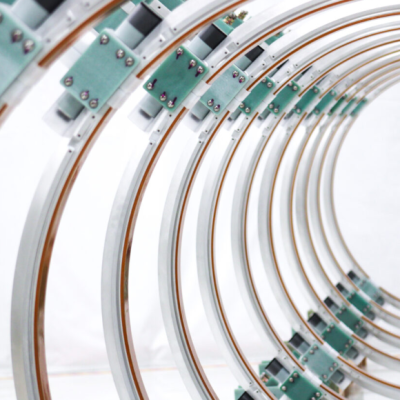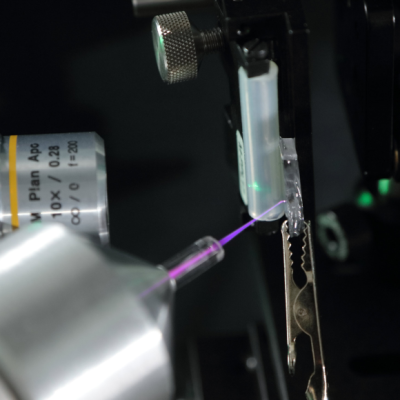A breakthrough in fusion energy has been achieved by scientists at the Max-Planck-Institut für Plasmaphysik (IPP) in Greifswald, Germany. The Wendelstein 7-X (W7-X), an experimental facility for researching fusion technology, has been found to be suitable for a fusion power plant. In 2018, the W7-X achieved record results in plasma density, energy content, and discharge duration. Now, a team led by Craig Beidler from the IPP’s Stellarator Theory department has published an analysis of the experiments in the journal Nature.
The Wendelstein 7-X uses a different approach to the fusion reactor ITER in southern France, relying on stellarators instead of the tokamak principle. While stellarators have the disadvantage of high energy and particle losses, the W7-X uses a specially designed magnetic field to minimize these losses. The neoclassical loss, which is too high in a classical stellarator to ignite a fusion fire, is successfully reduced in the W7-X. The optimized magnetic field cage reduces plasma energy losses in the desired way, but they still account for 30% of the heating power, which the researchers consider a significant part of the energy balance.
The next step is to test the concept for longer plasma states, which will require modifications to the facility. A water-cooled wall lining is being installed to test the Wendelstein concept’s performance in continuous operation. The experiments conducted so far have generated a temperature of 20 million degrees Celsius and an energy content of more than one megajoule. The unstable plasma state was maintained for 100 seconds, and plasma densities of up to 2 x 10^20 particles per cubic meter were achieved. The IPP believes that a fusion power plant can be operated with this plasma density.










